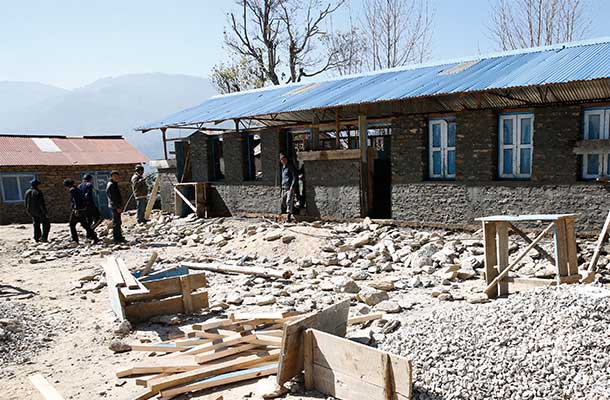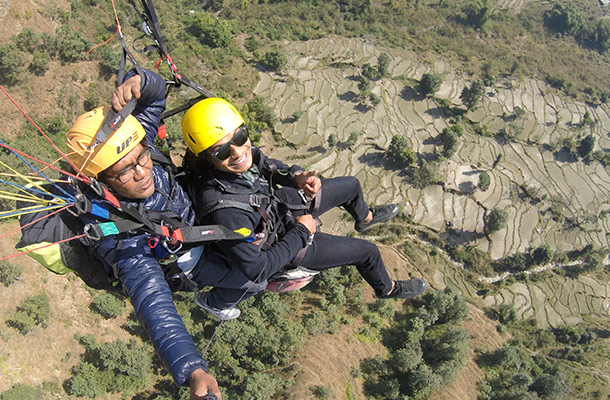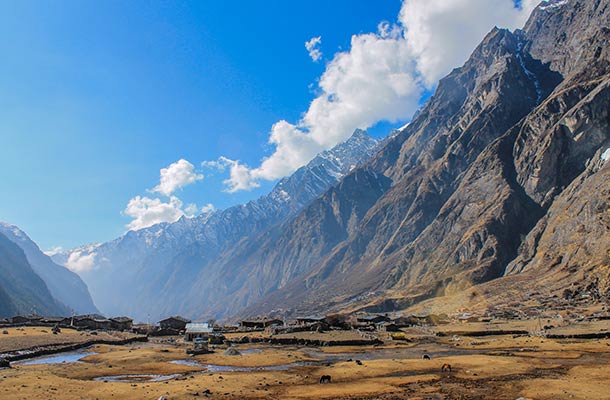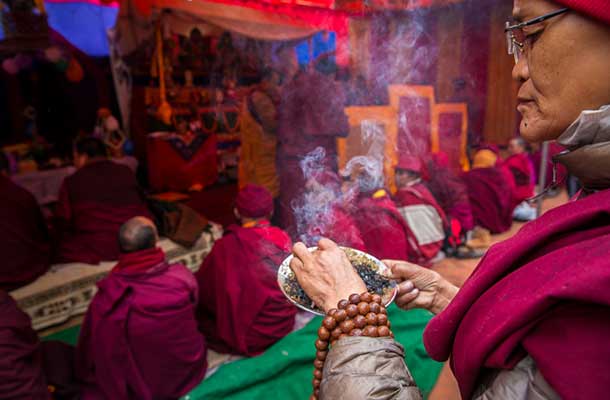An Expert Guide to Surviving an Earthquake in Nepal
Nepal is one of the world's most earthquake-prone countries. Unsafe buildings, patchy disaster response systems and difficult terrain add to the risks. Here’s how to stay prepared from our local expert Stephanie.
 Photo © Chris Potter
Photo © Chris Potter
- Before you leave for Nepal
- When you arrive in Nepal
- During an earthquake
- After an earthquake
- Rural hazards
- Urban hazards
Before you leave for Nepal
It’s important that your loved ones and your government know where to find you in an emergency.
Register your travel plans with your government, and have a designated emergency contact at home who knows your itinerary; they will be your main contact in an emergency and can let everyone know you’re safe.
Finally, make sure you have good travel insurance.
When you arrive in Nepal
Take note of safe areas near your accommodation. They should be open spaces away from overhanging buildings, trees, powerlines and bridges.
If you’re traveling with others, arrange to meet there if you’re separated.
Keep your phone, some food, water, water purification tablets, money, first aid kit, charged power bank, important phone numbers and documents like your passport and travel insurance policy in your daypack. This will be a basic emergency kit.
Wi-Fi and satellite phones don't always work in the mountains, so it’s better (and often cheaper) to put a local SIM in your phone. Generally, NTC has better rural coverage.
During an earthquake
When you feel shaking, crouch on the ground, cover your head with your arms, and hold on.
Inside
If you’re inside, take cover under a sturdy piece of furniture, or against an inside wall. Keep away from windows and anything that could fall on you, especially heavy furniture.
In bed
If you’re in bed, stay there and cover your head with a pillow.
In a wheelchair
If you’re in a wheelchair, move away from falling objects, lock your wheels, and cover your head.
Outside
If you’re outside, find an open place away from falling objects.
After an earthquake
Immediately move to your safe area, taking your emergency kit with you.
Don't go into buildings as the aftershocks can be nearly as strong as the initial earthquake.
Get in touch with your embassy and emergency contact to let them know where you are, but conserve your phone’s battery.
Listen to your guide – they have the local knowledge to keep you safe and arrange help. If you aren’t with a guide, see if there’s a local disaster response committee to arrange help for you.
If you’re trapped in rubble, keep still to avoid stirring up dust and save your energy by only calling for help when you can hear people nearby.
Rural hazards
If you’re in a remote area, it’ll take some time for help to reach you, so preparedness is extra important.
Landslides are common in hilly and mountainous areas. The riskiest areas are underneath or on top of cliffs, steep hills, cuts or previous landslides.
The safest places are open, flat areas or on a ridge, away from the tops of slopes.
Urban hazards
Finding an open space isn’t always possible, particularly in densely built areas like Thamel.
If you’re in a narrow street or courtyard during an earthquake, take shelter in a doorway to avoid falling objects. Get on the ground and cover your head with your arms and move to an open area as soon as the shaking stops.
Related articles
Simple and flexible travel insurance
You can buy at home or while traveling, and claim online from anywhere in the world. With 150+ adventure activities covered and 24/7 emergency assistance.
Get a quote


No Comments